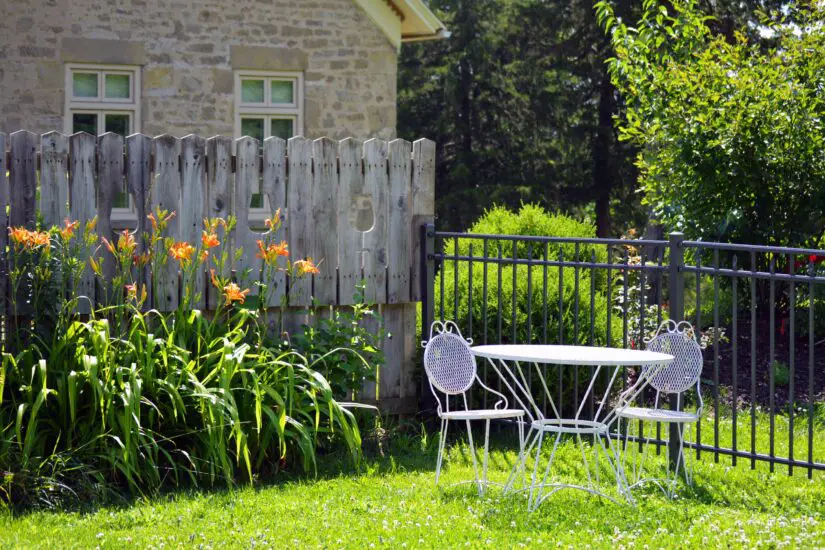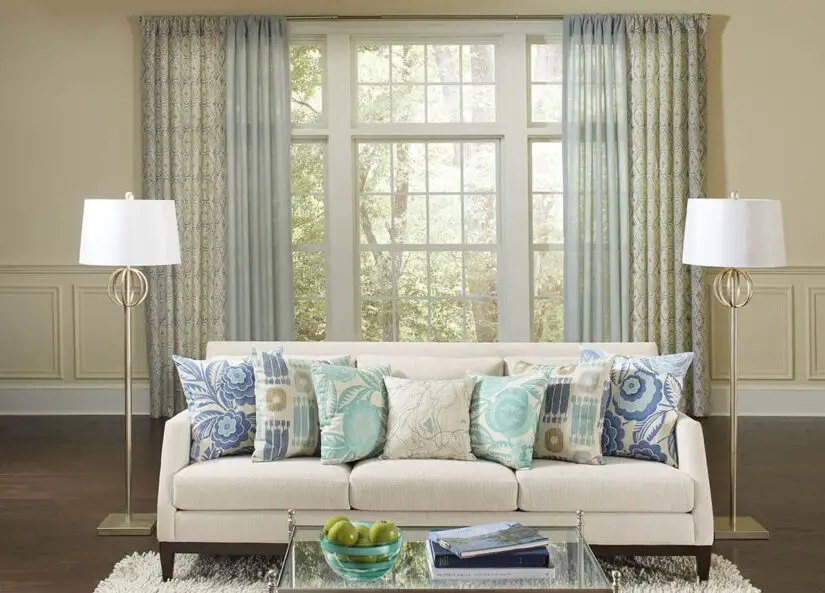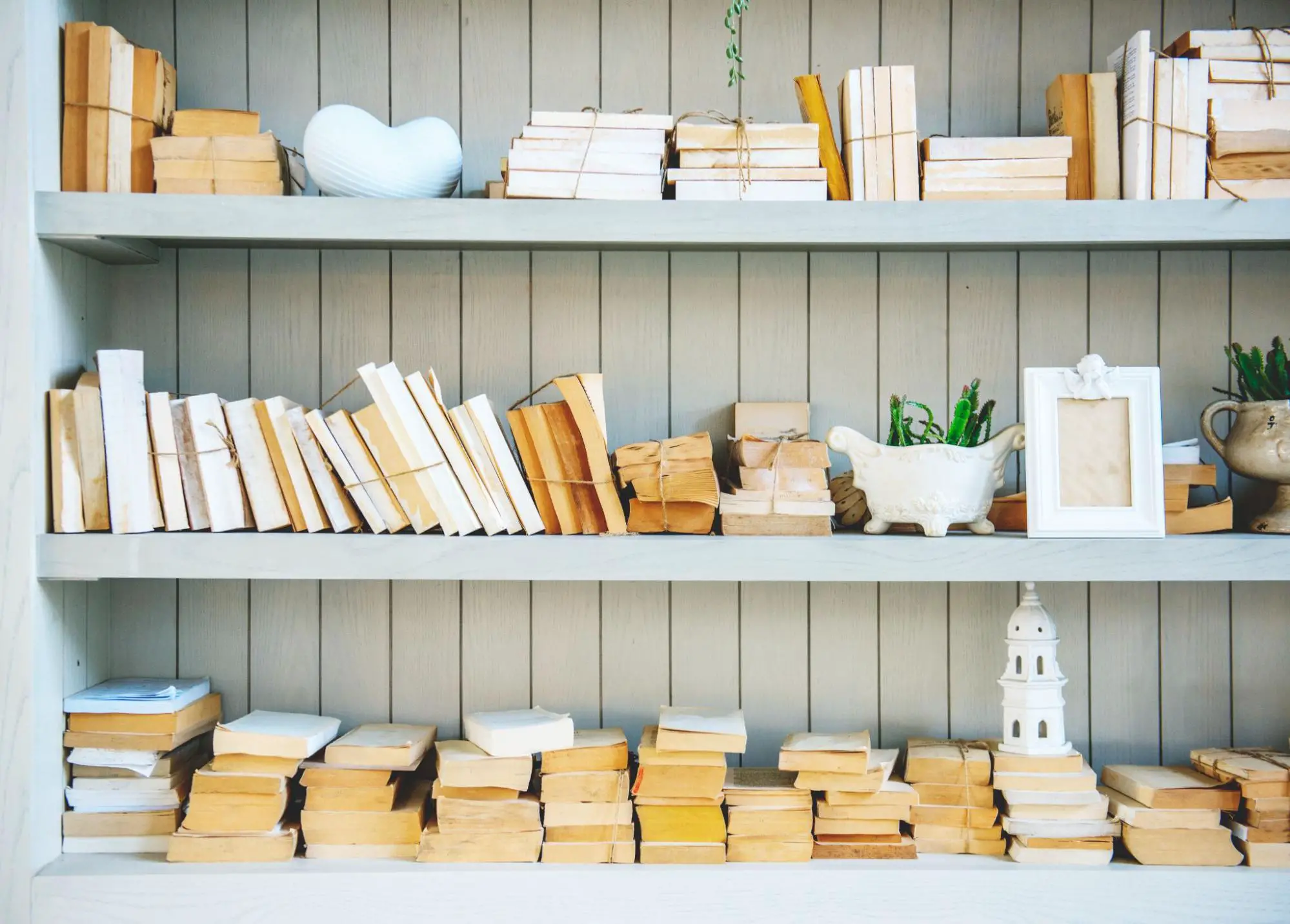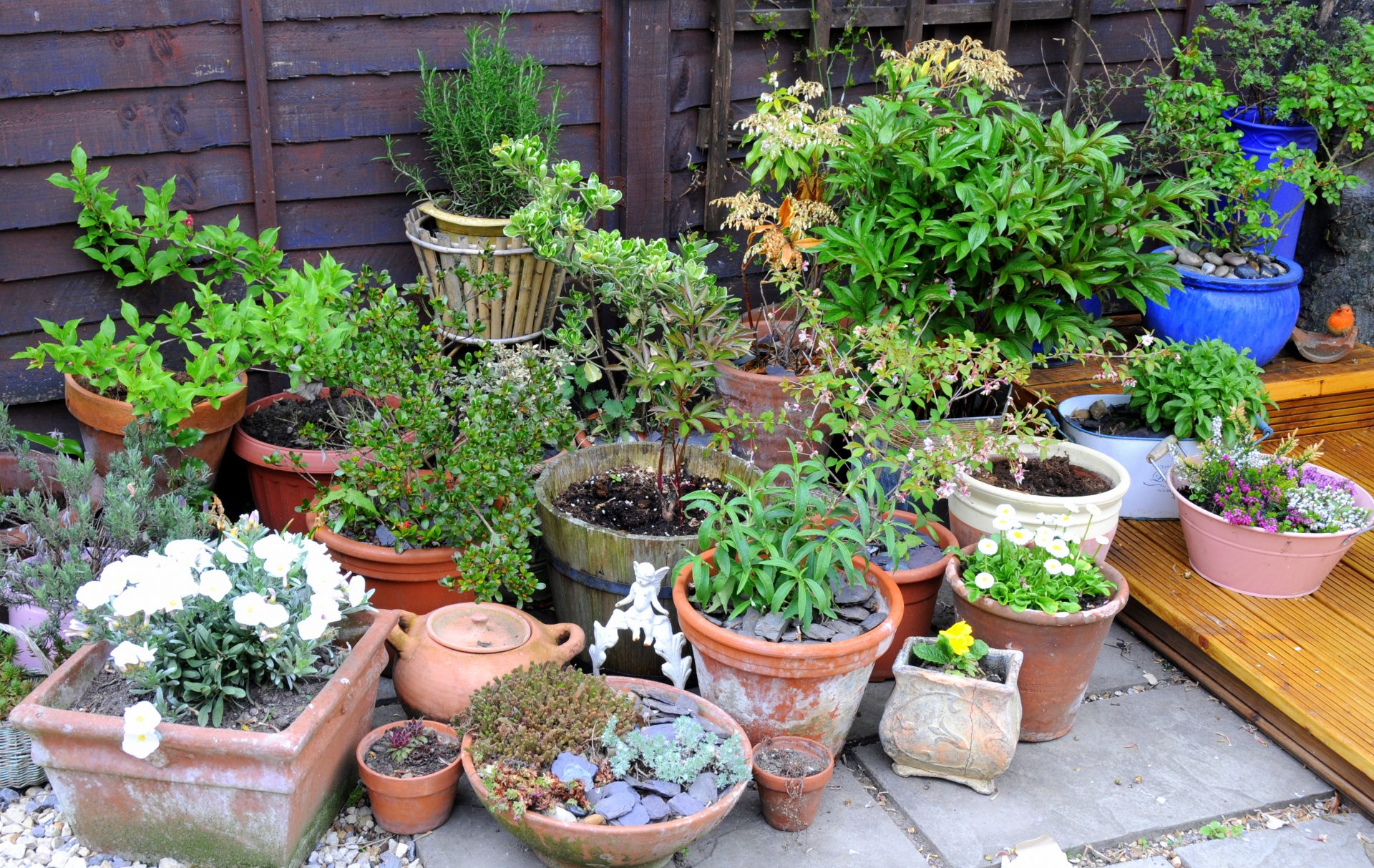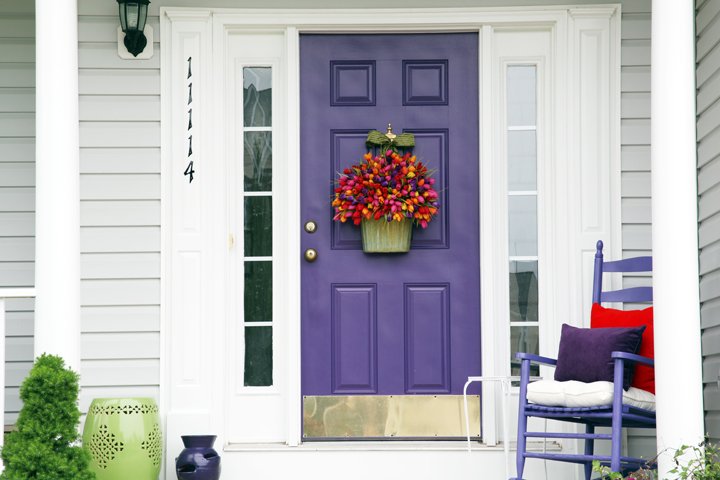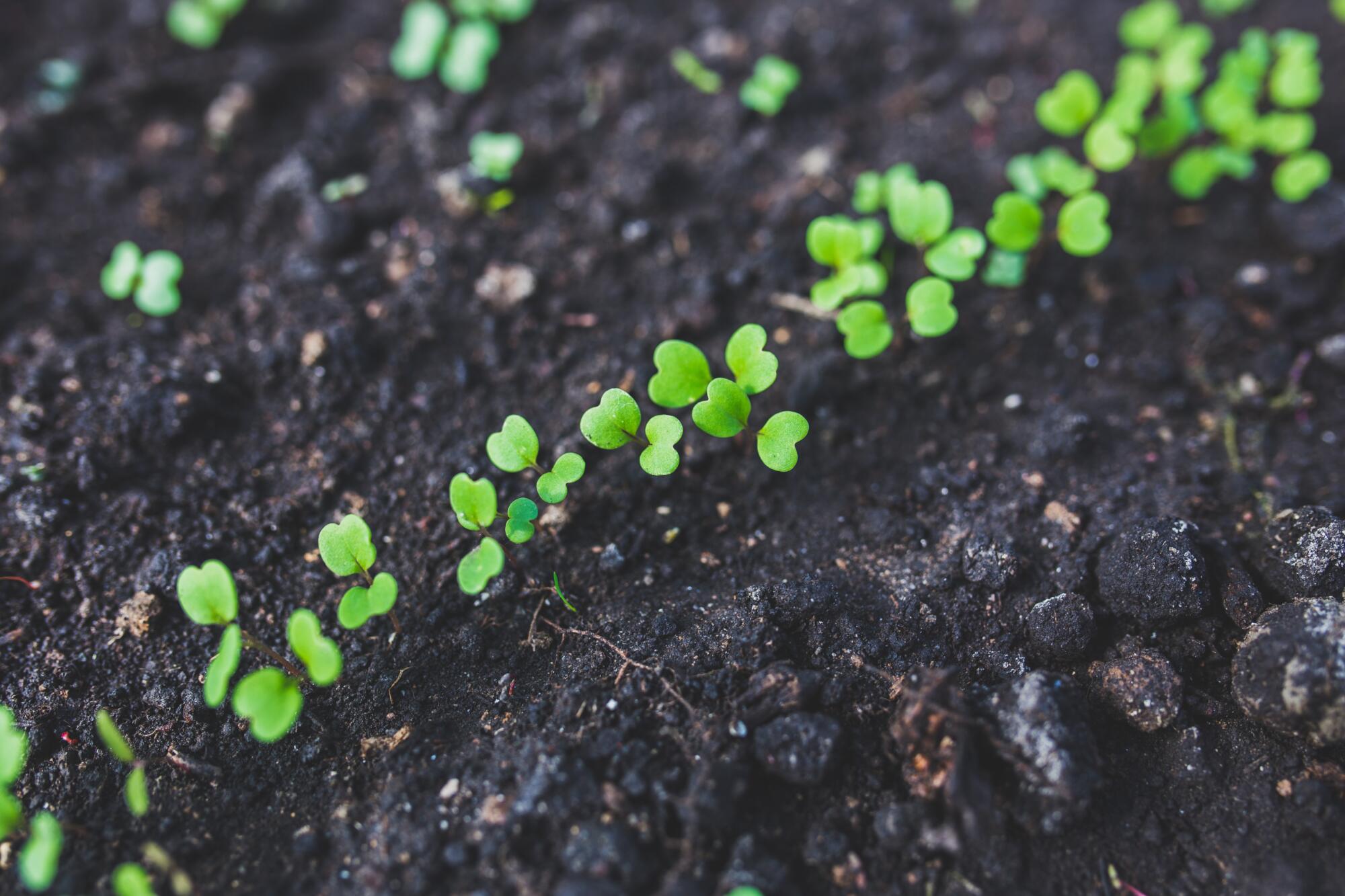Garden Layout Tips
When planning a garden, remember that it should be near an easily accessible water source. Young plants will need to be watered frequently, and you want watering to be manageable so that it is abandoned entirely. Furthermore, the garden should not be located near established tree or shrub roots that can steal moisture from the vegetable plants. Soil analysis to evaluate its composition is a good idea. Once the results are in, you’ll know whether and how to amend the soil.
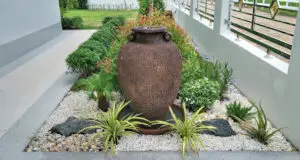
Here are a few of the most common vegetable garden layout plans:
Square Foot
Square-foot garden plots are typically organized in grids of 4 x 4 squares. The strings or wood attached to the frame help divide the bed into equal square-foot sections. Every section is planted with a different type of vegetable. Vine plants are usually grown in the back with a trellis to allow the plant to grow up.
Vertical
Another option is to grow vegetable gardens vertically. These gardens are intended for people who do not have access to traditional garden space. Rather than planting in a traditional garden bed, you use vertical space to grow plants along trellises, hanging baskets, or even upside down.
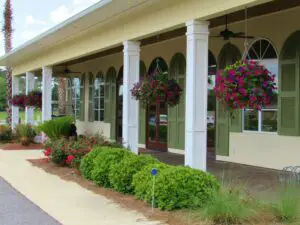
Rows
The most fundamental garden design consists of straight, long rows moving north to south. A garden that flows east to west is often overshadowed by the plants growing in the previous row.
Four square
This type of garden setup has the benefit of requiring crop rotation. Heavy feeders, mid-feeders, light feeders, and soil builders are arranged top-left and counterclockwise. Plan on spinning each group into the next block the following year after harvest. Pests and soil illnesses will be reduced as a result of crop rotation.
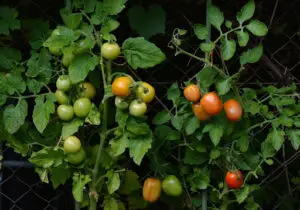
The sky’s the limit with these layout options, as you have the freedom to move the garden around and make use of all space available, including vertical areas.
Gardening Advice That Every grower Should Know
When you initially start gardening, there is so much to learn and many questions to ask. The more you garden, the more you discover what works and does not.
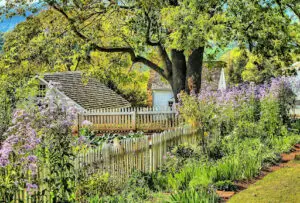
For the time being, however, use this list of essential planting tips to find answers to some of the most frequent questions for beginners:
Composted manure
Only composted manure should be used; rotted compost cured for at least six months should be applied to your soil. Fresh manure contains too much nitrogen, which can “burn” plants, and it could also contain pathogenic organisms or parasites.
Planting Season
It would be helpful to find out how long the planting season is, i.e., the time between the last frost during the spring and the first frost in the fall, to start some plants or avoid growing them.
Weed Control
Hand-weeding and hoeing are the most effective weed control methods in the garden. Depth hoeing or cultivating can bring seedlings to the topsoil surface and allow them to germinate. Mulch is a better way to suppress and help stop annual weeds.
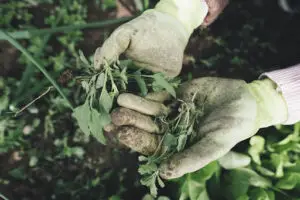
Wet Soil
Digging or sowing in wet soil is not recommended because it harms the soil structure. To till or dig, wait until the soil is crumbly and no longer forms a ball in your hand. It can be something other than bone-dry.
Native planting
Native plant species are frequently best adjusted to growing in your region than plants from other parts of the world. They are also better for local pollinating insects that have evolved alongside them. Avoid relatively new cultivars with double flowers if you want to support pollinators because the extra petals make it difficult for insects to attain the nectar and pollen.
A Beautiful Garden’s Hidden Gems.
There are design ideas you may use to improve your balcony, porch, or yard; no matter how small it is, you can always enhance the beauty of your garden:
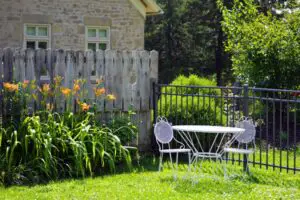
Use brightly colored pots or decorative containers.
Feature planters can aid in drawing attention to a particular plant or region. A planter with a pop of color is a straightforward illustration of ‘less is more.’ Again, you may utilize design strategies to make this element appear more vital.
Include some garden art.
Garden art can be anything from an ornament to a collection, a unique find, or something you create. Adding beautiful items to your yard shows your personality and gives your little space flair.
Flowers or flowering plants.
Color splashes break up the green and add diversity, contrast, and focal points. Plant both annual and perennial flowers. For example, cosmos, hydrangeas, sunflowers, and marigolds.
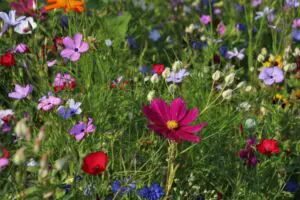
Bring about harmony and diversity.
Create a lovely garden by repeating a color offered by various plants. Color themes are a very efficient design technique for creating attractiveness.
Takeaway Tip
Remember to take a stroll through your garden. Walking around your garden daily, inspecting plants for pests and diseases.
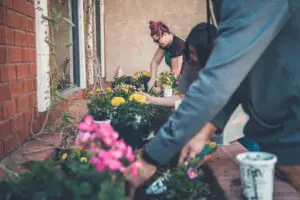
The sooner you identify a problem, the earlier you can take corrective action, which means less labor later.
